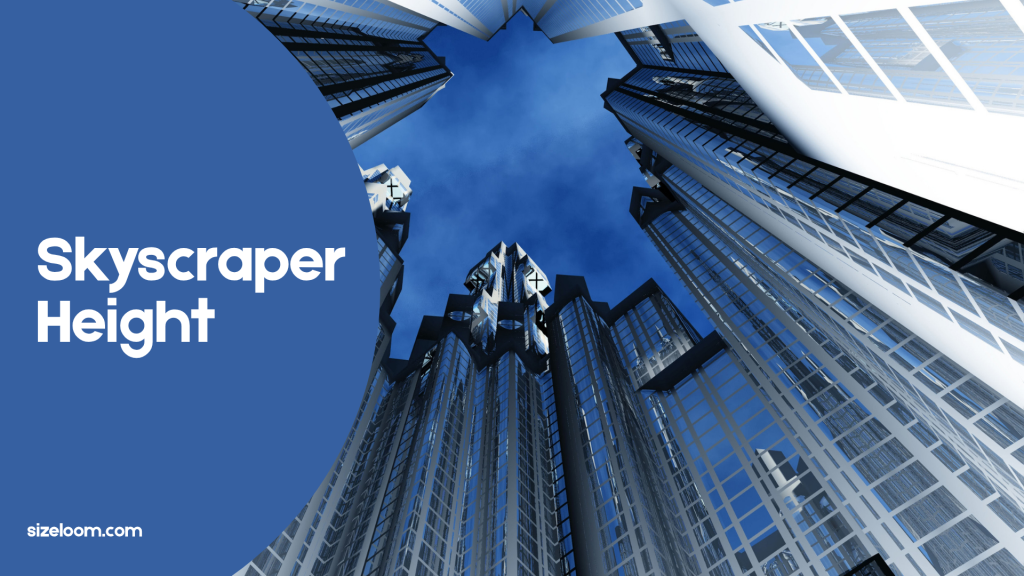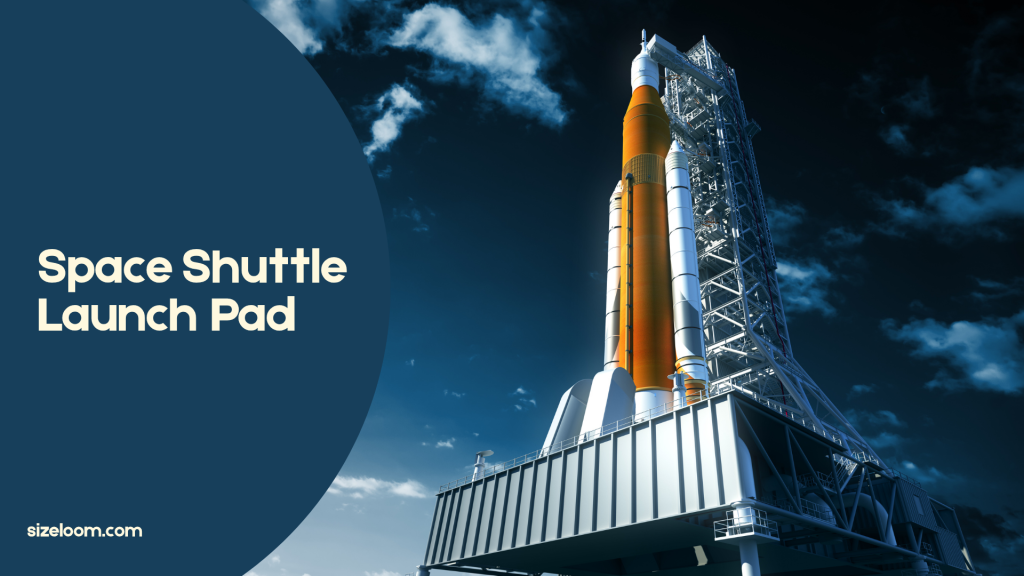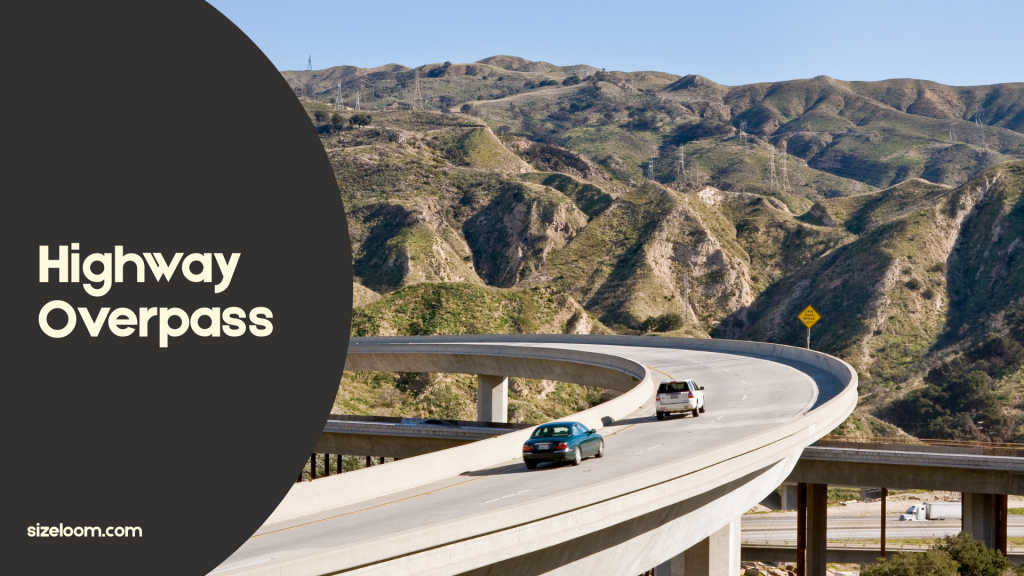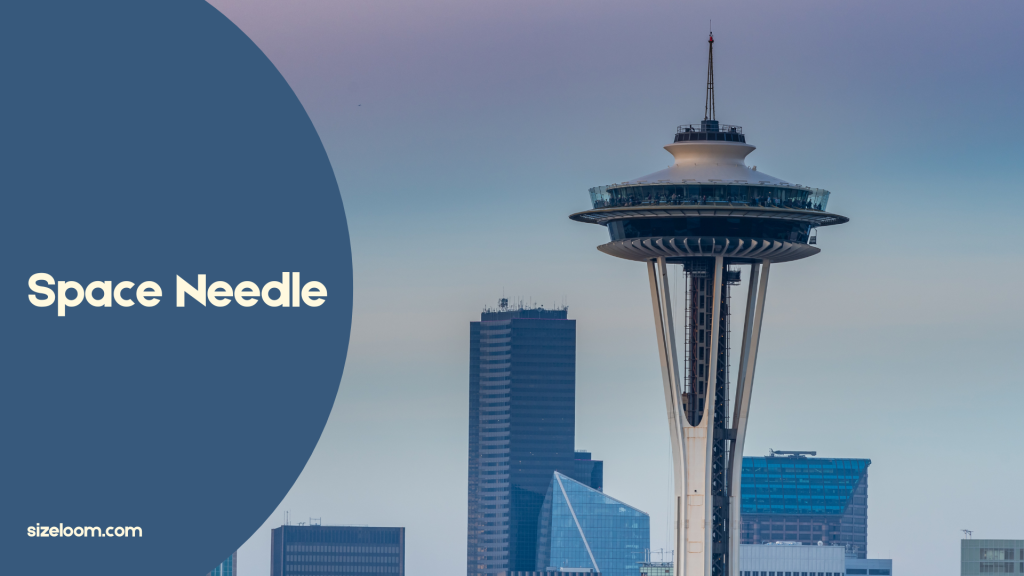Let’s be real—“500 feet” sounds specific, but without a reference, it feels like one of those day measurements that just floats in the air. It’s not quite short, not quite marathon-long—so what does it really mean? Whether you’re in urban planning, sports, architecture, or just trying to visualize property lines, 500 feet comes up more often than you think. It’s used in safety regulations, engineering resilience, zoning rules, and even astronomy. And while it might not feel relatable at first glance, a lot of common objects and iconic structures help make this distance easier to picture. So, let’s break down what 500 feet looks like—through nine things you’ve likely seen, stood on, or maybe even sprinted across.
How Far is 500 Feet? 9 Common Things That Are 500 Feet
1. About 1.5 Football Fields

The trusty American football field is one of the most used reference points when talking about length. A full field, including the end zones, comes in at 360 feet. That makes 500 feet about 1.4 football fields—or roughly the distance from one end zone through midfield and halfway back again. When someone says, “It’s just a couple of football fields away,” that’s the kind of comfortable distance we’re talking about. A handy visual for everything from parking zones to drone regulations.
2. Race Track Straightaway

On a typical Olympic-style track, the 100-meter straight is about 328 feet. If you were to sprint that, then keep running for another 170 feet or so, you’d hit the 500-foot mark. Professional athletes cover this in less than a minute. For the rest of us? Think around 1.5–2 minutes walking briskly or about 3–4 minutes at a leisurely pace.
3. Skyscraper Height

A 40-story building? Around 500 feet. That’s tall enough to slice through most city skylines, and definitely tall enough to require careful design adaptations for wind loads and other engineering resilience factors. At this height, the stakes get higher. Construction teams need to account for building stable foundations, safety codes, and materials that resist extreme conditions. That’s why functionality in engineering becomes non-negotiable.
More to Learn: Math Symbols Made Simple: A Friendly Guide for All Learners
4. Space Shuttle Launch Pad

When you think of scale engineering projects, NASA’s launch pads come to mind. The service structures used for space shuttles often reach over 500 feet—because lifting something into orbit isn’t just about rockets. It’s also about engineering marvels that hold millions of gallons of water (yes, to cool things down during launch) and withstand intense wind power and vibration. This is the bleeding edge of American engineering—with historical significance baked in.
5. Train Station Platform

Commuter trains and light rail systems across American cities have platforms that are roughly 500 feet long. That’s because they need to accommodate multiple cars—sometimes enough for 20–40 passengers per car, adding up to hundreds of people during rush hour. Train platforms are a great example of careful planning—balancing safety measures with the flow of daily life. It’s everyday infrastructure, and yet it’s shaped by some serious functionality in engineering.
6. Suspension Bridge

Let’s talk bridges. The Golden Gate Bridge, a suspension bridge, spans more than 4,000 feet—but its towers? Roughly 500 feet tall. That’s also the height of the Gateway Arch, the tallest arch in the world. Even though these are massive structures, the height of a tower or the bridge span between supports often lands near that 500-foot zone. These aren’t just built for show—they’re engineered to survive powerful winds, traffic stress, and time. Some of them even sway intentionally as part of their stability systems. Sounds strange, but that’s engineering resilience in action.
7. Highway Overpass

You’ve probably driven across one of these without even thinking about it. But large highway overpasses or connector ramps often reach 500 feet in length, especially where they bridge multiple lanes or curve around city center spaces. If you’ve ever been stuck on one during rush hour and stared at the car lights snaking into the distance, you’ve seen just how massive in scale these can be. And these structures don’t just carry cars. They’re designed to last decades, built under strict safety regulations, and play a key role in the construction of buildings and roads that surround them.
8. Redwood Trees

Let’s switch from steel and concrete to nature. Coast redwoods, the tallest trees on the planet, can grow up to 500 feet tall. Picture standing at the base of one of these majestic redwoods and looking up—it’s like staring at a living skyscraper. Their age? Some date back thousands of years. Their height? Tall enough to eclipse many tall structures in modern cities. Their place in the world? Untouchable. These aren’t just natural structures—they’re living proof of what’s possible over time.
Must See: 11 Familiar Objects Measuring Exactly 14 Inches (with Pictures)
9. Space Needle

Last but definitely not least: Seattle’s Space Needle. One of the most famous landmarks in the U.S., it stands 605 feet tall with its observation deck at about 520 feet—right in our target range. It’s an achievement in architecture, combining modern marvel vibes with a healthy dose of pop culture references. Whether you’re gazing out at Puget Sound or catching those panoramic views, it puts 500 feet into unforgettable perspective.
Final Thoughts
So, 500 feet isn’t some random number floating in the ether. It’s baked into vertical storage, city planning, sports, transportation, and even spaceflight. From the center field wall of a baseball stadium to the field of radio astronomy, it’s a measure that captures human ambition and nature’s awe alike. The next time someone throws around the number “500 feet,” you’ll know what they mean—and maybe picture a rocket launch, a forest of giants, or a quiet train platform stretching across the morning mist. Size Made Simple — Meet SizeLoom, Your Fit Bestie.


